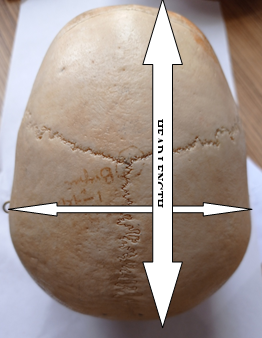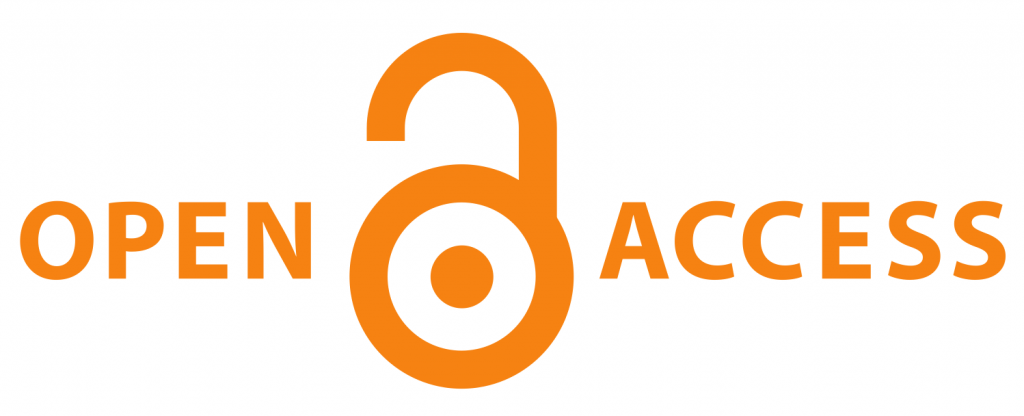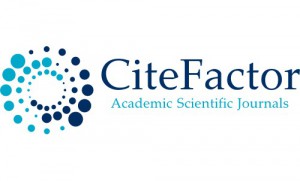Anthropometrical variations in cephalic index in Indian medical students and its relation with sex
Abstract
Introduction: Cephalic index is useful anthropologically for deciding the race and sex of an individual as it is greatly affected by age, sex, geographical factors.
Material and methods: In the present study, 90 medical students were taken as subjects and head length, head breadth, and cephalic index were measured. Aim: To study anthropometrical variations in the cephalic index in Indian medical students and its relation with sex.
Results: Indian males had a mean cephalic index of 78.01 and they were mesocephalic and females had a mean cephalic index of 81.41and were brachycephalic.
Conclusion: The data is important in forensic medicine, anthropology, genetics, and the identification of individuals.
Downloads
References
Bhargava I &Kher GA. An anthropometric study of central India Bills of Dhar district of Madhya Pradesh. J Anat Soc India 1990; 9:14-19.
Bhargava I &Kher GA. A comparative anthropometric study of Bils and Barelas of central India. J Anat Soc India 1991; 10:26-33.
Basin MK. Genetics of castes and tribes of India. Somatometry.Int J Hum Genet 2006; 6:323-56.
Vojdani Z et al.Cephalometry in 14-18 years old girls and boys of shiraz- Iran high school.Int J Morphol 2009; 27:101-104.
Shah GV and Jadhav HR.The study of the cephalic index in students of Gujarat. J Anat Soc India2004;53(1):25-26.



























